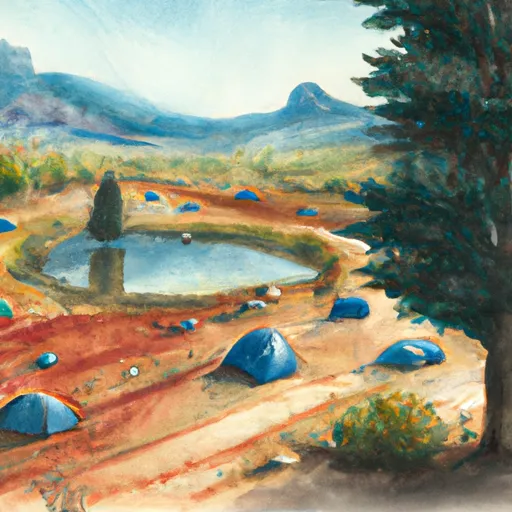Summary
As a high-altitude lake, it offers anglers the chance to enjoy cool temperatures and a peaceful environment surrounded by stunning mountain scenery. The lake is also located near several hiking trails, campgrounds, and other outdoor activities, making it an ideal spot for a weekend getaway.
To catch fish in Lilly Lake, anglers should use small spinners, flies, or bait such as salmon eggs or worms. Fish tend to be more active in the cooler months, so the best time to visit is from spring to early fall, with temperatures ranging from 50-70 degrees Fahrenheit. Be sure to bring warm clothing and rain gear, as weather conditions can change quickly.
In addition to fishing, visitors can enjoy hiking nearby trails such as the Lilly Lake Trail or the Highline Trail, or take a scenic drive along the Mirror Lake Highway. Campgrounds in the area include the Lodgepole, Moosehorn, and Soapstone, offering campsites, RV hookups, and other amenities.
Overall, Lilly Lake is an excellent destination for anglers and outdoor enthusiasts looking for a peaceful, scenic getaway in the mountains of Utah.
Weather Forecast
Nearby Streamflow Levels
Angling Safety Guidelines
Check local fishing rules, seasons, size limits, and license requirements to ensure legal and sustainable angling.
Handle Fish Responsibly
Use wet hands, minimize air exposure, and release fish gently to improve survival rates when practicing catch-and-release.
Choose the Right Gear
Match your rod, line, and tackle to the species and conditions to increase success and reduce unnecessary harm to fish.
Respect the Waterway
Avoid disturbing habitat, prevent bank erosion, and keep a safe distance from spawning areas to protect ecosystems.
Keep It Clean
Pack out all line, hooks, bait containers, and trash—discarded gear can injure wildlife and degrade waterways.
Related Links
Area Campgrounds
| Location | Reservations | Toilets |
|---|---|---|
 Lilly Lake
Lilly Lake
|
||
 Lilly Lake Campground
Lilly Lake Campground
|
||
 Trial Lake
Trial Lake
|
||
 Washington Lake
Washington Lake
|
||
 Washington Lake Campground
Washington Lake Campground
|
||
 Moosehorn Campground
Moosehorn Campground
|

 Teapot Lake
Teapot Lake
 Trial Lake
Trial Lake
 Washington Lake
Washington Lake
 Clyde Lake
Clyde Lake
 Haystack Lake
Haystack Lake






 Lost Lake - Uc
Lost Lake - Uc